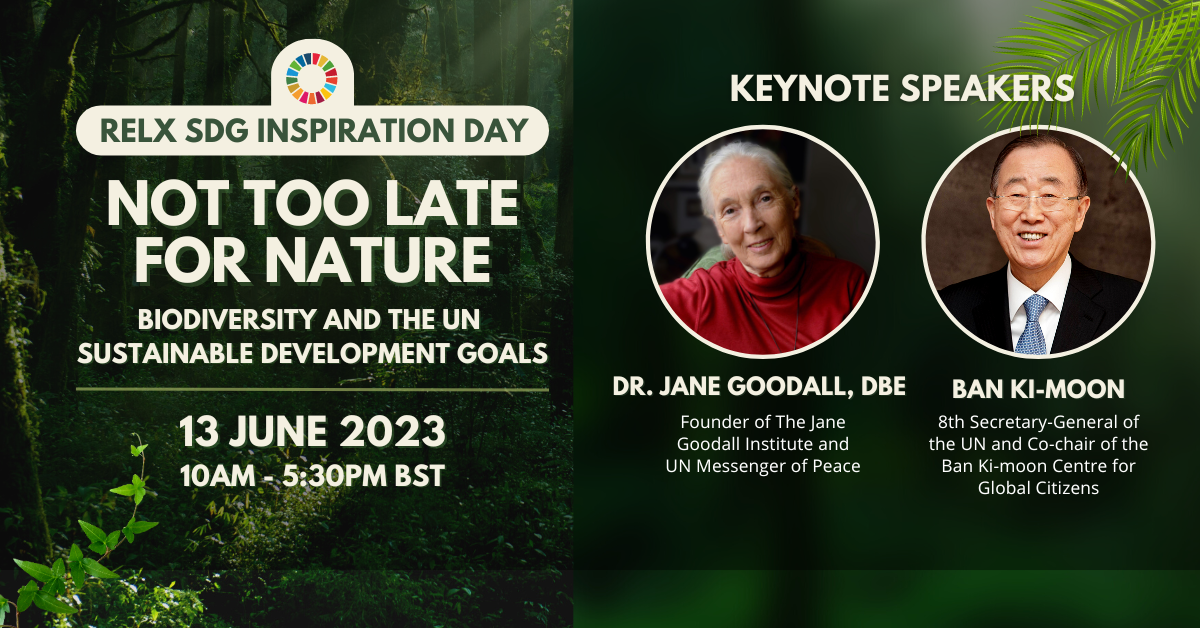Brain Responses to Auditory Mismatch and Novelty Detection
Predictive Coding from Cocktail Parties to Auditory-Related Disorders
2023, Pages 221-269
Psychosocial Experiences and Adjustment of Migrants, Coming to the USA. 2023, Pages 391-418
RELX SDG Inspiration Day 2023: Fostering Global Cooperation to Advance Biodiversity
The event saw spirited discussions on how leaders, businesses, organisations, and people can help protect nature and biodiversity.
Over 1500 people gathered virtually on 13 June 2023 for the ninth RELX SDG Inspiration Day: "Not Too Late for Nature: Biodiversity and the UN Sustainable Development Goals."
Psychosocial Experiences and Adjustment of Migrants Coming to the USA, 2023, Pages 41-51
Psychosocial Experiences and Adjustment of Migrants Coming to the USA, 2023, Pages 101-110



